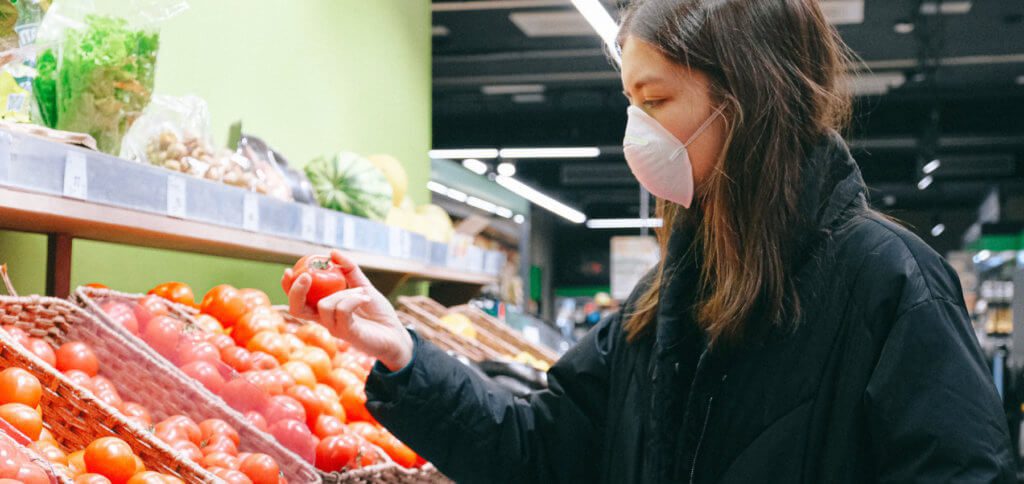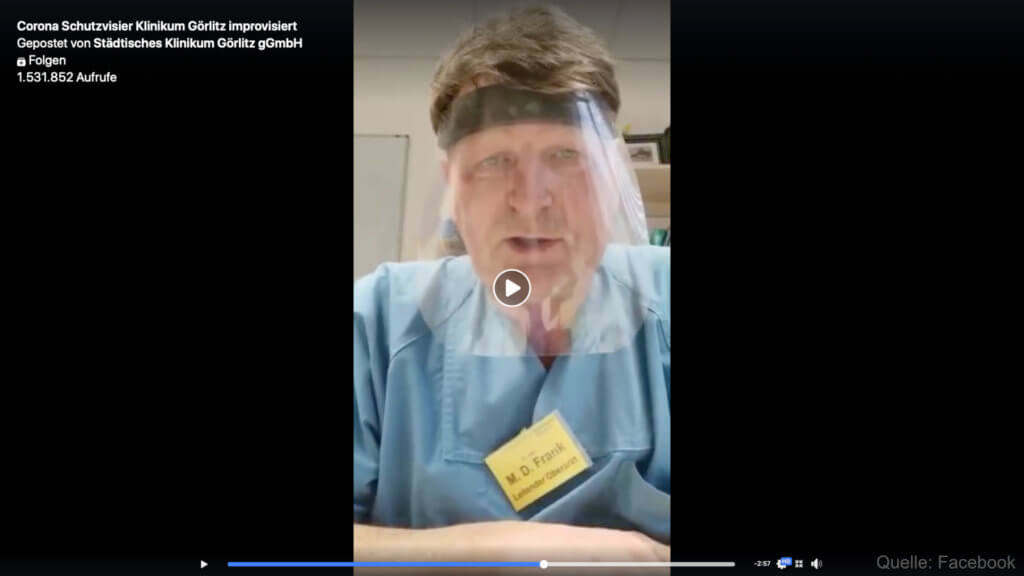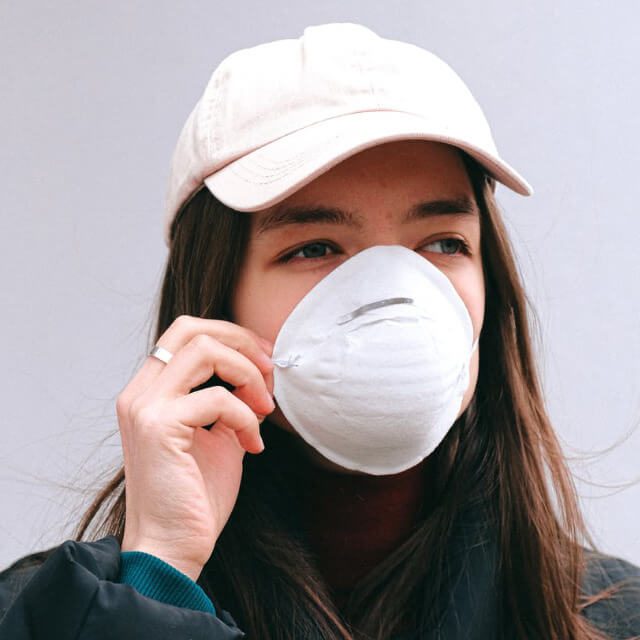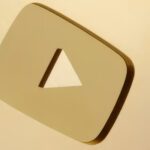A mouthguard can help to keep pathogens away from your own mucous membranes and also to prevent infecting others. In view of the current corona crisis, respiratory masks and protective devices are becoming scarce. Sewing or folding yourself can be the solution. A Example give people from Eastern European countries where mouthguards are compulsory, but the supply is insufficient to ensure compliance. But sewing is not only carried out in the Czech Republic and Slovakia, but also in all other countries with the spread of the coronavirus. You can find numerous instructions in German and English on how to sew a face mask yourself, make face protection and more on the internet. Here is a summary.

Disclaimer: Here you will find instructions for DIY masks, for which I do not guarantee virus protection or any other effectiveness. The production and use of the masks is at your own risk.
Chapter in this post:
- 1 Preliminary consideration: Increase the protection of the mask with filters / impregnation
- 2 Update 03.04.2020/XNUMX/XNUMX: Tinker mouth and nose mask with bandana and hair ties
- 3 Tinker / sew / glue the N95 mask yourself
- 4 Second instruction for N95 mask as video
- 5 Glue or sew the PM2.5 mask yourself
- 6 Sewing DIY breathing masks - instructions in the overview
- 7 Make face protection: protection for eyes, nose, mouth and skin
- 8 Similar posts
Preliminary consideration: Increase the protection of the mask with filters / impregnation
Face masks and respiratory masks are basically two different things that are quickly mixed up in the current corona crisis. The mouthguard protects against everything else because you hold back your droplets of saliva, mucus and the like. By wearing it, you reduce the risk of infecting others with viruses and bacteria.
Real respiratory protection masks, which, depending on the design, can filter dust and pollen as well as viruses, are an infection protection for healthy people. However, face masks can of course also ensure that the droplets from others do not fly into your mouth and nose. However, they tend to seep through if only (one layer) of fabric is used.
One consideration when sewing mouthguards and supposed respiratory masks yourself is the defense against pathogens such as the SARS-CoV-2-Virus. To prevent droplets from seeping through, you can either protect the outside of the mask with foil, rub it in with wax or make it hydrophobic in some other way. But don't use a waterproofing spray, because you don't want to inhale it!
A filter can also be sewn in for a filter effect (perhaps not against small viruses, but against large pollen, which are currently annoying to allergy sufferers) - a fleece, a clean vacuum cleaner filter and, if necessary, coffee filters are all available. You can find more ideas in the following guides.
Step-by-step instructions for breastfeeding with the emeibaby carrier: Mix hand disinfectant yourself
Update 03.04.2020/XNUMX/XNUMX: Tinker mouth and nose mask with bandana and hair ties
Perhaps you do not have enough fabrics at home or you do not want to spend so much money on the materials listed below for the elaborately tinkered face masks. Just for these cases there is a simple trick that I unfortunately only discovered yesterday. All you need is a bandana (or a handkerchief, a tea towel, a T-shirt, etc.) and two hair ties. Fold the bandana into a rectangle (fold about two or three times in the middle), then slide the hair ties on it so that the folded scarf is divided into thirds and fold the two outer thirds inwards. Finished. Now you can clamp the improvised mask with the hair ties behind your ears so that the bandana is fastened in front of your nose and mouth.
Was the manual too incomprehensible? Then you can watch the whole thing again here as Video look at:
https://www.youtube.com/watch?v=b6ADNMFRzIM&t=40
(End of update)
Tinker / sew / glue the N95 mask yourself
There are some instructions on YouTube, mostly in English and from the USA. These describe, among other things, how you can make masks that come close to the official specifications for N95 masks or other protection standards. In one of the instructions (view here) the following procedure is described:
- An Stencil for mouth and nose mask print out / draw and cut out
- One layer of the mask from one MERV-13 air filter cutting out
- One layer off water-repellent polyester fabric cutting out
- The top layers (inside and outside) Shoe covers cutting out
- Glue together from the outside in like this (hot glue): top layer, polyester, MERV 13, top layer - and with rubber band versehen
You can disinfect the mask again before putting it on, but you should then let it dry well. In order to be able to use the mask several times, you should also disinfect it and let it dry well. You can see in the video how to get them in good shape and thus increase the wearing comfort.
Second instruction for N95 mask as a video
In a second video you will find more sewing than gluing instructions. An air filter (MERV 13) is also used in it, but the other layers are omitted. If you have the options, you should use the layers described above; Above all, a water-repellent layer that keeps your breath and droplets of saliva inside, as well as droplets from outside, away from you. You can find even more protection against droplet infection at the bottom of this guide - there are instructions for making a protective visor from the Görlitz Municipal Clinic. First of all, here is the video in which another mask is sewn:
https://www.youtube.com/watch?v=FSeDlVxQx1k
Glue or sew the PM2.5 mask yourself
Another YouTube guide aims to make her a PM2.5 filter have at hand. Fortunately, they are relatively cheap when available. In addition, the video creator wants to earn money on his instructions, which is why the pattern is only available for $ 2,99 on his Website gives. But you can also use a different pattern and then sew in the filter or a filter bag there.
The latter is used to be able to replace the filter regularly without cutting the seams. The recommended fabrics are a thick fabric for the outside (canvas, denim, etc.) and a thin fabric for the inside (linen). Important: a water-repellent layer is also missing here!
Sewing DIY breathing masks - instructions in the overview
There are different approaches to sewing a respirator or face mask, as you can see. Should it be more flexible to pull it over the mouth, nose and chin? Should it be more of a fixed construct? And what about the filter capability? You should answer these and other questions beforehand.
Your own resources must also be considered. What material do you have on hand? Are you missing the elastic bands to put on the mask? And so on. If you want to look at different sewing instructions in order to find exactly the right one for you, I recommend you take a look at this overview:
- Sewing instructions for a "makeshift mouth and nose protection" from the fire brigade and city of Essen: PDF instructions with material list and photos
- "Simple mouthguard" to make yourself without a lot of sewing (German and English): Folding and sewing instructions with only two small seams
- Handicraft instructions for a "protective mask without sewing" (protective effect not clear): Mask made of kitchen paper, handkerchief, adhesive tape, etc.
Make face protection: protection for eyes, nose, mouth and skin
The municipal clinic in Görlitz has a Facebook Video uploaded showing how to improvise a corona protective visor. A protective visor as face protection can help people in the emergency room, in the hospital, but also in the supermarket and elsewhere. Because unlike face masks made of fabric, which can soak up, such plastic protection does not carry the droplets and viruses of others to the inside of the face, but keeps them outside and thus away. The individual steps in the video (see link) are as follows:
- Laminating film through a Laminator pull (this makes it transparent and rigid)
- Hold the laminated A4 laminating film horizontally and cut it to a width of 22 to 24 cm
- Round off two corners that point down at the end (cut corners) to prevent injuries to the neck
- Fasten the elastic rubber band to the upper edge of the film with a stapler
- Glue foam (self-adhesive strips or kitchen sponge) to the top of the visor as a spacer so that it rests on the forehead
This is what it looks like when it is worn:

Related Articles
Jens has been running the blog since 2012. He acts as Sir Apfelot for his readers and helps them with technical problems. In his spare time he rides electric unicycles, takes photos (preferably with the iPhone, of course), climbs around in the Hessian mountains or hikes with the family. His articles deal with Apple products, news from the world of drones or solutions to current bugs.









